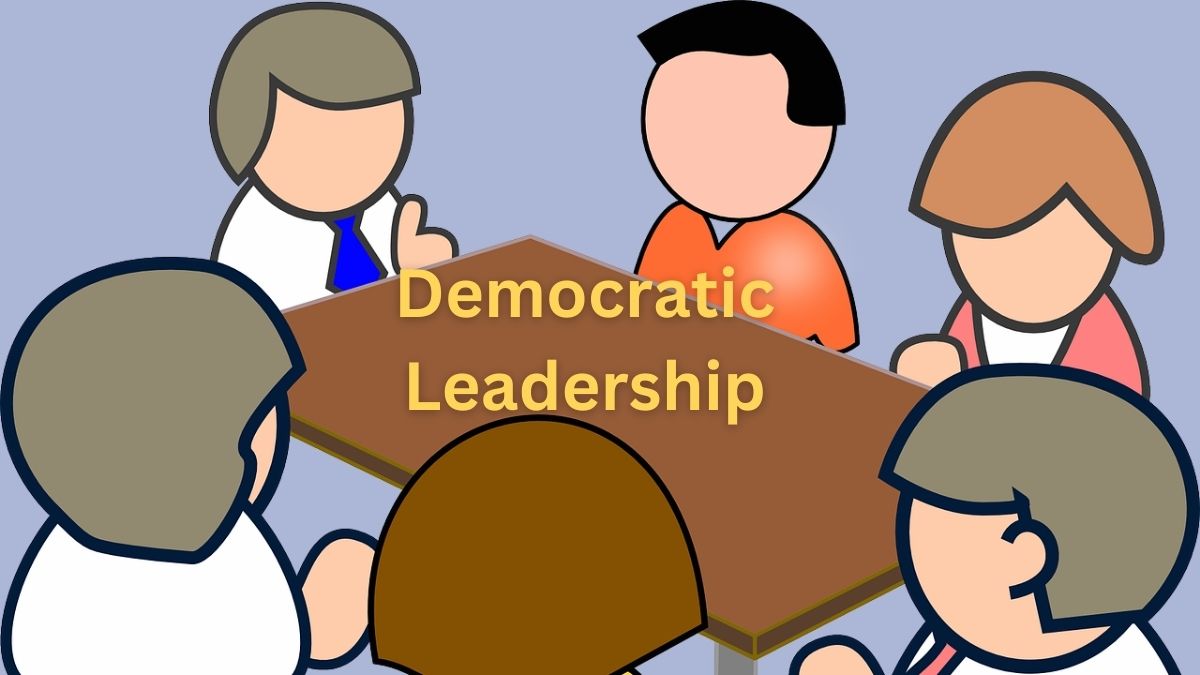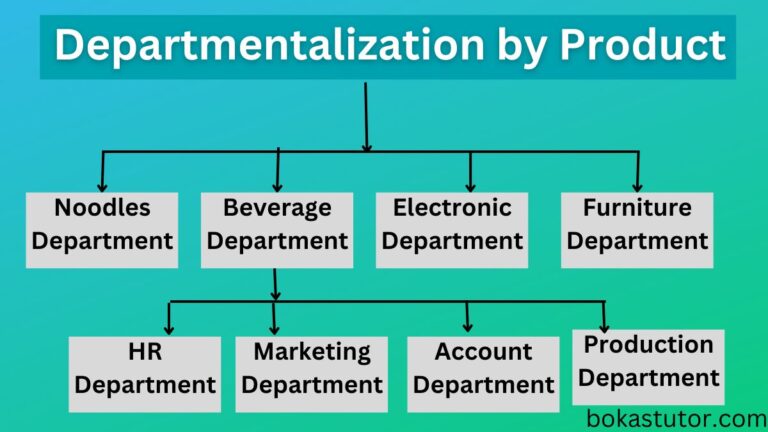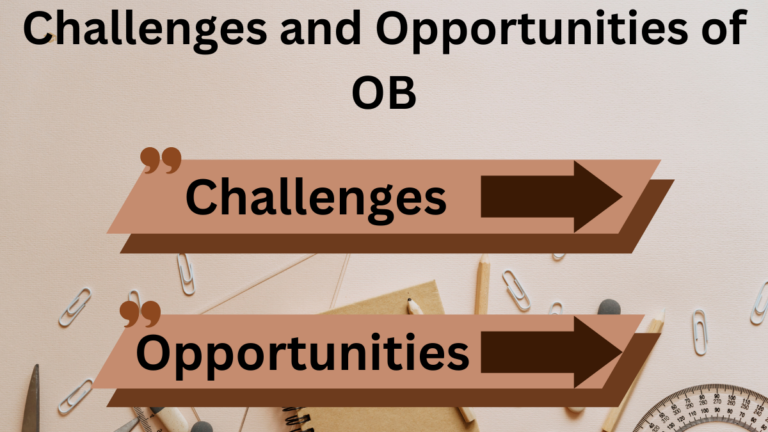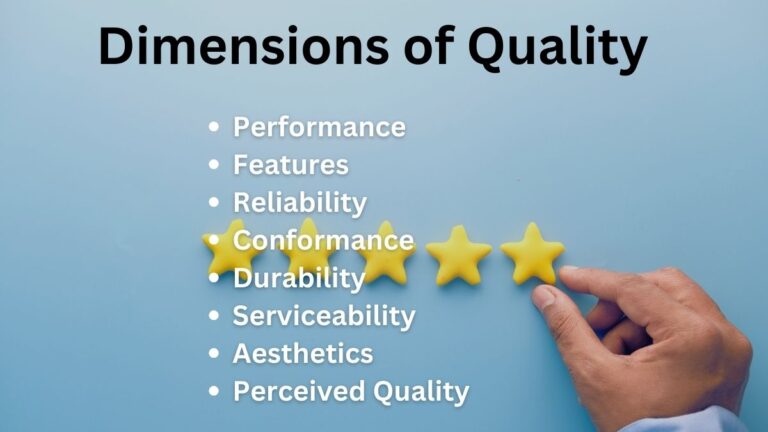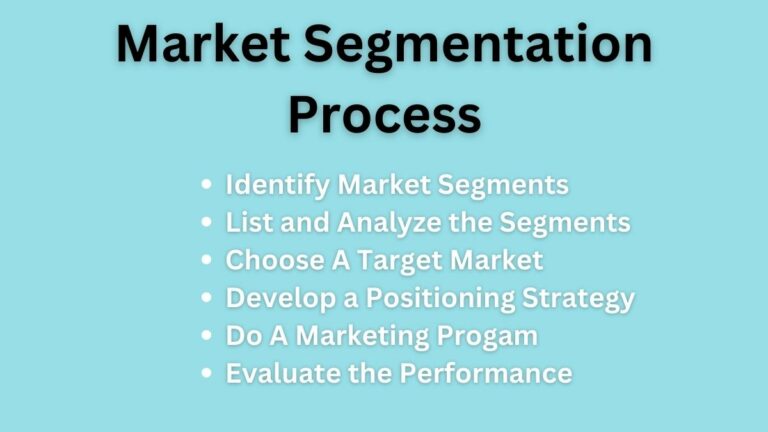What is Democratic Leadership Style? Definition, Features, and, Pros/Cons
What is Democratic Leadership?
Democratic leadership is a style of leadership in which team members are encouraged to participate in the decision-making process. It is also called participative leadership, shared leadership, and employee-centered leadership.
Democratic leaders believe in decentralization and invite their followers to discuss while making decisions. They make decisions with participation, consultation, and suggestions from subordinates. Here, every follower is given the opportunity to share, exchange, and discuss the matter.
As such, it is called that among leadership styles democratic leadership style is the most effective style which leads to higher employee motivation and increased productivity. Employees feel valued and respected in this leadership.
This leadership style believes in two-way communication and positive motivation tools. It helps to enhance employees’ capabilities to increase productivity. It is suitable when subordinates are educated, qualified, and have decision-making knowledge.
In addition, democratic leaders participate their followers in the decision-making process, collect their ideas, and discuss them with them, but they make the final decision on their own. These leaders are sincere, good team players, have good morals and like to be engaged in the process.
Characteristics of Democratic Leadership Style
The following are the main features/characteristics of democratic leadership:
- This leadership style follows two-way communication.
- Subordinates are encouraged to participate in the decision-making process.
- Group members are highly encouraged for creativity and initiation.
- Employees are considered important members of the organization.
- Group members are highly engaged in the process.
- Team effort is encouraged for organizational goals achievement.
- Positive motivation tools and techniques are used to motivate employees.
Related: Participative Management Style
Advantages of Democratic Leadership
Because of the more humanistic approach, this leadership style is more popular in today’s business setting. The following are some of the instances that explain why a democratic leadership style is a suitable option.
Accurate Decisions
In management practice, it is said that two or more heads are always better than a single head while making decisions. Under this leadership style, the decisions are made with the participation of subordinates as such decisions are supposed to be more accurate or even perfect.
Easy Acceptance
Since decisions are made with the consultation of subordinates there is a greater chance that they will accept the decisions without any obstacles.
Employee Motivation
The participative leadership style is itself popular as an effective leadership style to motivate and increase employee morale. As such it highly focuses on positive tools for motivating employees, the motivation of employees in democratic organizations tends to be deeper or permanent.
Related: Autocratic Leadership Style
Career Development
Employees are given the opportunity to excel in their skills. They are given a chance to work in new roles and new positions which sharpens their capability to perform the task more effectively and efficiently. They even get ideas for different professional skills.
Stronger Relationship Between the Leader and Followers
This leadership style encourages two-way communication as such, there seem stronger relationships between the leaders and followers or subordinates.
Disadvantages of Democratic Leadership
Participative leadership is not suitable for every situation. There are many reasons why the shared leadership style is not suitable. Some of them are:
Slow Decision-Making
One of the drawbacks of democratic leadership is that it results in slow decision-making. Since employees participate in the decision-making process, they share their ideas, and analyzing each idea takes longer time, causing slowness in finalizing the decision.
Potential of Conflict
As many people are involved in a democratic workplace while making decisions there is always the potential of having conflict between the group members, departments, managerial levels, and units.
May Result in Poor Decision
Shared leadership may also result in poor decisions. It happens when unskilled, inexperienced, and new employees are given the freedom to make decisions. Usually, such decisions would not produce effective results as they are new in the corporate world.
Not Effective in a Crisis
Democratic leaders find it challenging to make decisions without their team or followers since they frequently seek ideas from one another. Since they won’t have time to consult anyone before making a decision in a crisis, they may not feel confident enough to do so.
When To Use Democratic Leadership?
The use of the democratic leadership style depends upon various factors and its use can be found in many private and public organizations such as schools, universities, government institutions, etc. In addition, it can be effective in the following situations.
- When subordinates are highly competent, experienced, and motivated.
- When leaders have a fair mind and prefer participation in decision-making.
- When the organization has made its objectives transparent to the employees.
- When reward and involvement are used as the primary means of motivation and control.
These are some desirable situations to use effectively the democratic leadership. However, democratic leaders have a great role in maintaining such situations and motivating employees toward the common organizational goal.
Read Next: Pros and Cons of Democratic Leadership
Sajan Kushmi is a content writer with more than 4 years of experience. He holds BIM Degree. He write on the topics related to Management, Marketing, and Entrepreneurship.
